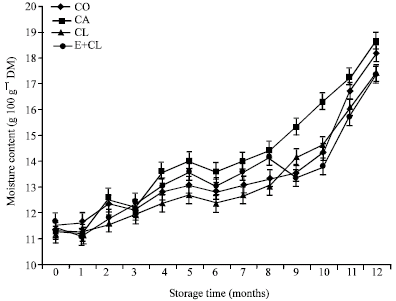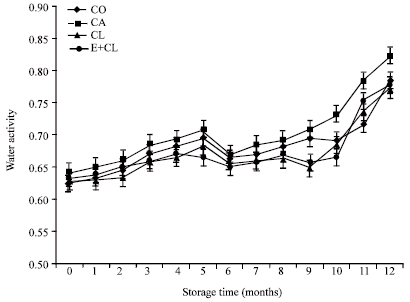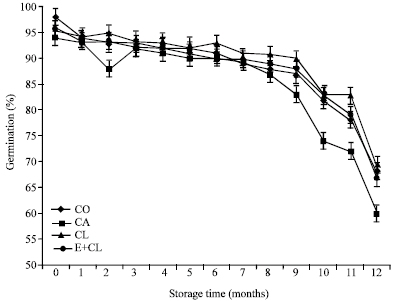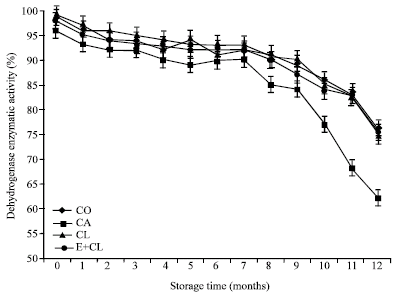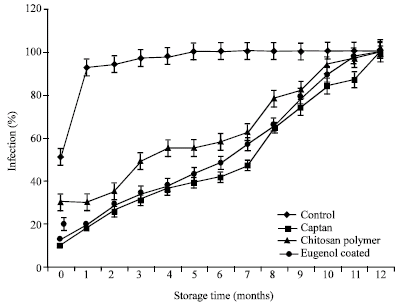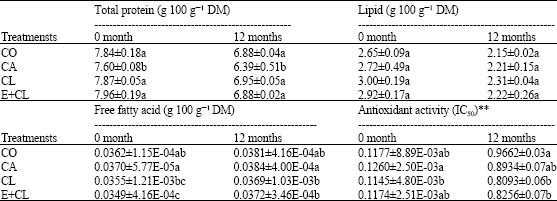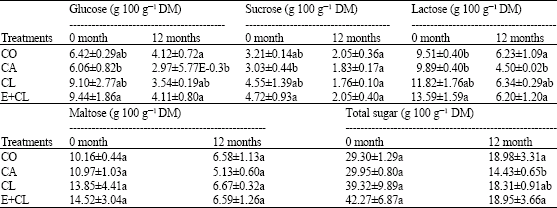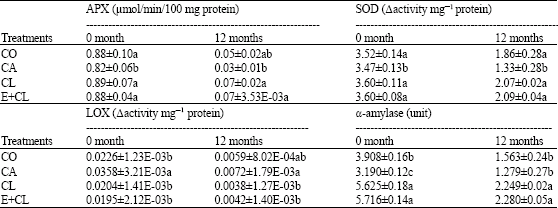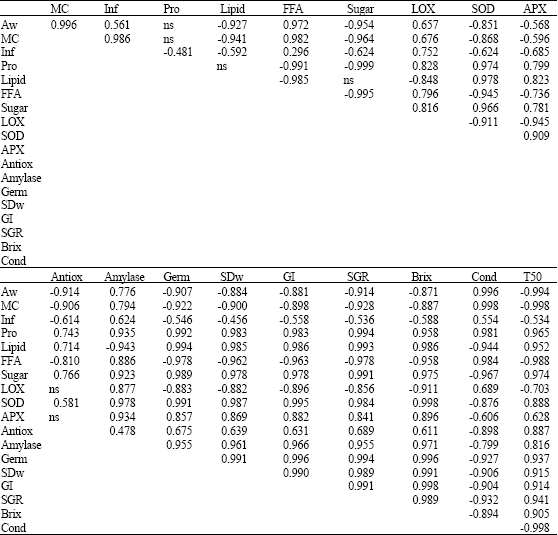Research Article
Physiological and Biochemical Evaluation of Rice Seed Storability with Different Seed Coating Techniques
Department of Agricultural Technology, Faculty of Technology, Mahasarakham University, Talard Sub-District, Muang District, Maha Sarakham 44000, Thailand
W. Chitbanchong
Plant Variety Protection Research Group, Plant Variety Protection Division, Department of Agriculture, Ministry of Agriculture and Cooperatives, Royal Thai Government, Bangkok, 10900, Thailand
E. Pawelzik
Department of Agronomy, Faculty of Agriculture, Chiang Mai University, 50000, Thailand
S. Vearasilp
Institute of Agricultural Chemistry, Section of Quality of Plant Products, Georg-August University of Goettingen, Carl-Sprengel-Weg, D-37075, Goettingen, Germany










